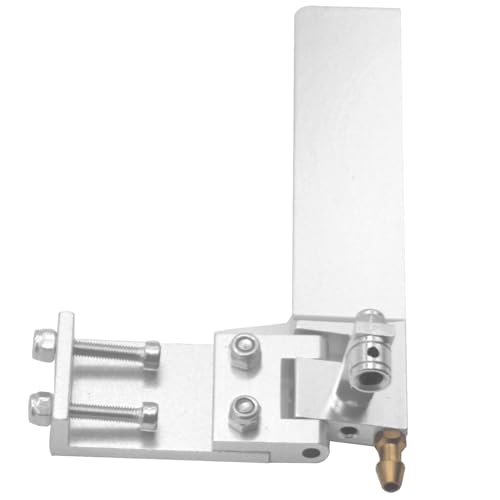Steve, "reduce water volume" I do not understand what this is. I assume it is the water cooling to the motor. Well the list of things to know/understand is growing...
Paul, the stock head with reduced water flow (I use a needle valve in the water line, but the wheel collar works great too) works great for 95% of us. If you want to reduce the volume of water in the head you can remove the head , set it upside down and fill it with JB Weld up to the point where the water comes in. If you can really optimize your boat and motor setup you may find the additional power from one of Frank's head (he build really nice stuff...I have never used on of his heads, but the other things I have from him are great).
As you may know it is very important to try to get the motor up to operating temp while you are breaking it in. This means little/no water...you should have it running rich enough to keep it cool for the first few runs.
Glenn



































